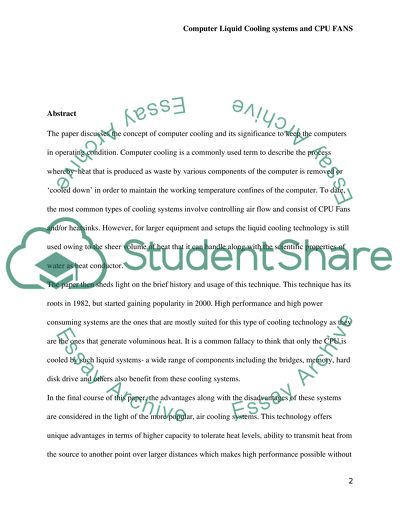Cite this document
(“Computer Liquid Cooling Systems and CPU FANS Essay”, n.d.)
Retrieved from https://studentshare.org/information-technology/1441719-computer-liquid-cooling-systems-and-cpu-fans
Retrieved from https://studentshare.org/information-technology/1441719-computer-liquid-cooling-systems-and-cpu-fans
(Computer Liquid Cooling Systems and CPU FANS Essay)
https://studentshare.org/information-technology/1441719-computer-liquid-cooling-systems-and-cpu-fans.
https://studentshare.org/information-technology/1441719-computer-liquid-cooling-systems-and-cpu-fans.
“Computer Liquid Cooling Systems and CPU FANS Essay”, n.d. https://studentshare.org/information-technology/1441719-computer-liquid-cooling-systems-and-cpu-fans.


